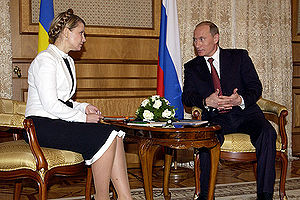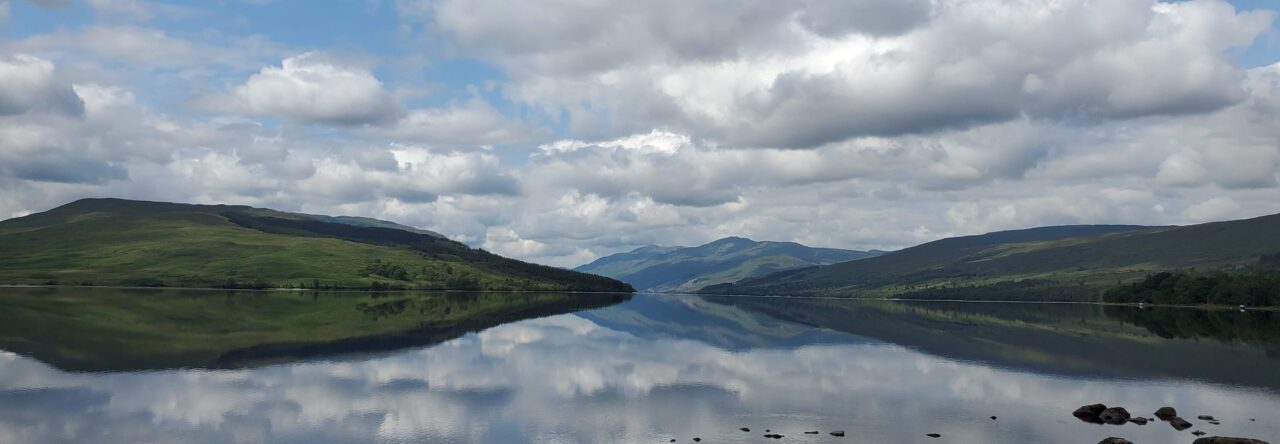
- Image via Wikipedia
I was recently a reporter on the Forbes Power Women list; indeed I have been working on the list since its inception five or so years ago. This year, the list is a bit different; glammed up to be sure.
If I would be able to add to the list, I’d definitely look at some players from Eastern Europe and Central Asia making the list a more global. (in no particular order):
*Roza Otunbayeva – Kyrgyzstan’s parliamentary elections are scheduled for this weekend with over 3,000 candidates running for office. Otunbayeva has had a huge role in making this happen. Her interim government took over after the April ouster of former dictator, Kurmanbek Bakiyev. She removed restrictions on independent media and helped ratify a new constitution in June despite ethnic violence that erupted that month. She will lead the country as president until 2011. The mineral rich nation may offer an alternative to China’s dominance in rare earth metals; Otunbayeva will play a large role in developing mining and other economic policies.
*Yulia Tymoshenko – Don’t dismiss the former (two-time) Ukrainian prime minister and one-time presidential candidate. Now leading the opposition, Yulia continues to be a thorn on the side of the current Yanokovych government insisting Ukraine maintain ties with the West.
*Dinara Kulibaeva – Daughter of Kazakhstan’s president for life, Nursultan Nazarbaev, is a billionaire through her holdings in Halyk bank and married to a potential future leader of Kazakhstan, Timur Kulibaev. Though nothing is certain because Nazarbaev keeps his succession close to his chest, clearly Dinara and Timur will remain among the nation’s future power elite.
*Mounissa Chodieva – Daughter of Kazakhstan billionaire, Patokh Chodiev, Mounissa has previously been dubbed by UK papers as Britain’s “first female oligarch.” She and her father, as well as other partners, minted money when Eurasian Natural Resources went public. As head of the company’s investor relations team, Mounissa is heavily invested in managing the company’s image and messaging. I worked with Mounissa several years ago when I wrote a profile of the company prior to IPO and can attest she will continue to be a mover and shaker.
Grazyna Kulczyk – One of Poland’s richest women is know for her support of the arts and for taking Poland up a notch in the contemporary art world. Since 2007, part of her collection has been shown in her redbrick shopping mall, the Stary Browar, a Prussian-era brewery. She also invested in a new conceptual hotel, Blow Up 5050 – both a luxury hostelry and an electronic-art installation.
Related articles
- Kyrgyzstan parties negotiate to form region’s first parliamentary democracy (theglobeandmail.com)




